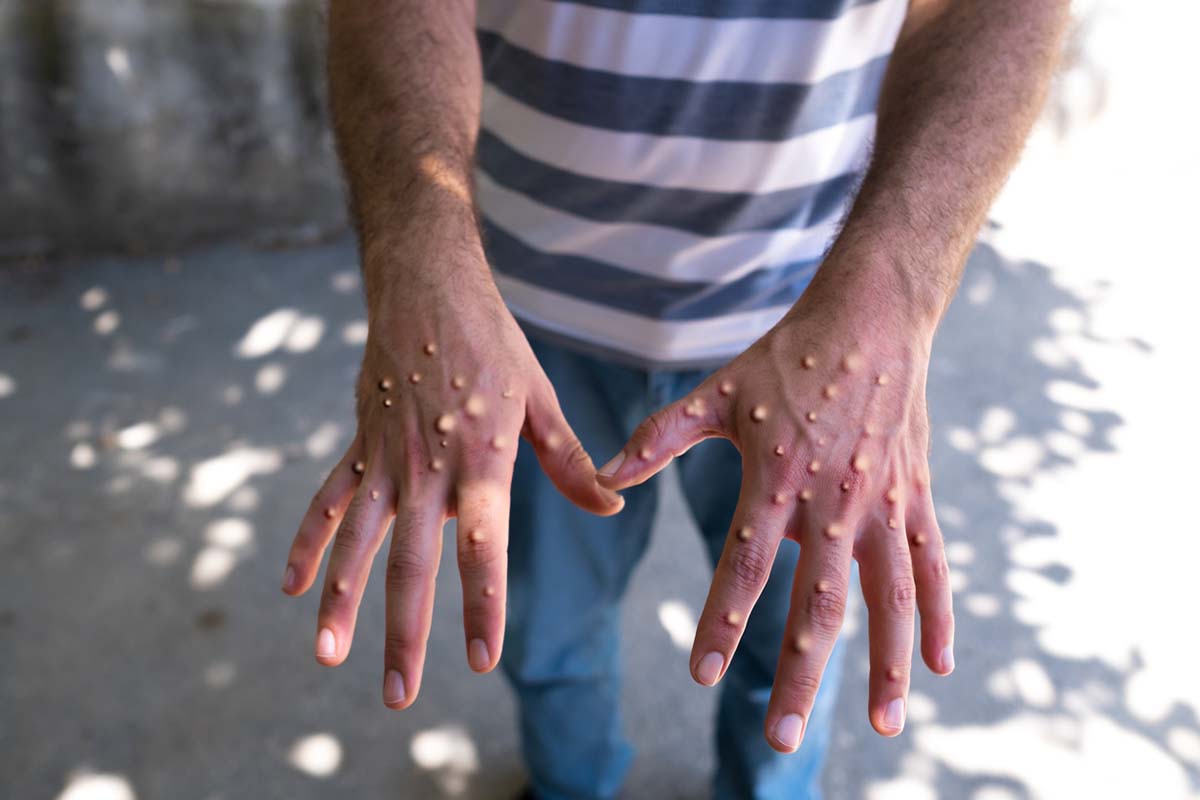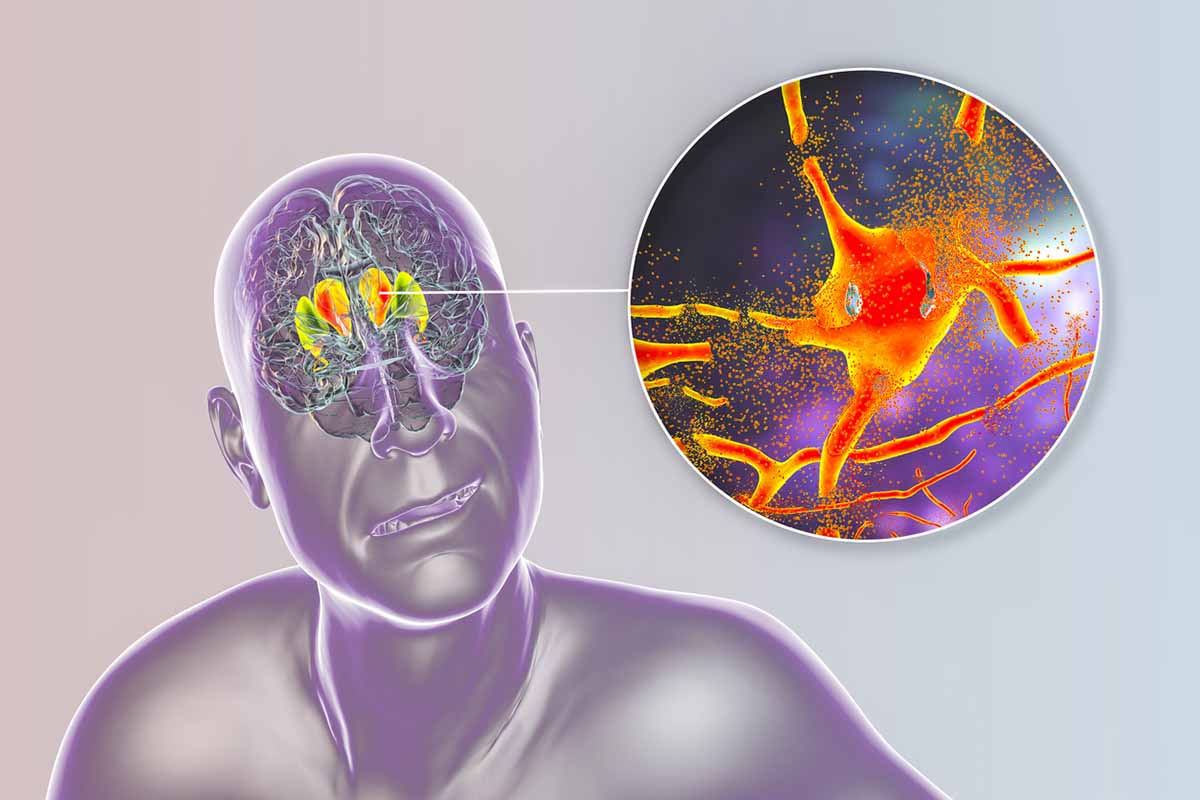Because this piece does not have an abstract, we have provided for your benefit the first 3 sentences of the full text.
To the Editor: In psychiatry, selective serotonin reuptake inhibitors (SSRIs) are popular because of their tolerability, efficacy, and safety profile. Common side effects of most SSRIs are nausea, hyperarousal, and sexual dysfunction. The SSRIs may also induce extrapyramidal side effects such as akathisia, which may be a consequence of serotonergically mediated inhibition of the dopaminergic system.
Self-Harm in Sertraline-Induced Akathisia
To the Editor: In psychiatry, selective serotonin reuptake inhibitors (SSRIs) are popular because of their tolerability, efficacy, and safety profile.1 Common side effects of most SSRIs are nausea, hyperarousal, and sexual dysfunction.2 The SSRIs may also induce extrapyramidal side effects such as akathisia, which may be a consequence of serotonergically mediated inhibition of the dopaminergic system.3 A previous report4 noted impulsive suicide attempts associated with akathisia in a patient taking the SSRI sertraline.
Case report. A 45-year-old man with no apparent past psychiatric history was seen at the psychiatry clinic with a 2-month history of sadness, decreased interest, loss of appetite, poor concentration, sleep disturbance, and fatigue. Sertraline 50 mg/day was prescribed, with follow-up in 1 week. After 6 days, he developed a frequent sensation of panic along with palpitations and restlessness. He was reevaluated and labeled as having a “panic attack.” Clonazepam 0.25 mg as needed was prescribed. Sertraline was increased to 100 mg/day. The symptoms exacerbated over the next several days.
In an effort to relieve the overwhelming feelings of restlessness, the patient attempted to overdose with sertraline. He was then brought to the emergency department and admitted to the inpatient psychiatry unit. After a complete psychiatric evaluation, with collateral information obtained from family, all other confounding factors including medical conditions and substance use were ruled out. In addition, the attempted suicide, as adamantly endorsed by the patient, was due to restlessness rather than motivated by depression or psychosocial factors. On examination, the patient displayed marked distressing akathisia symptoms, including a compulsion to pace up and down the hallway. His global clinical assessment of akathisia score utilizing the Barnes Akathisia Rating Scale5 was 5, indicating severe akathisia. Sertraline was stopped, and propranolol 80 mg/day in divided dosages was prescribed. His blood pressure was monitored. Mirtazapine treatment was initiated at 15 mg/day. The akathisia resolved completely approximately 6 days after sertraline was stopped. His depression subsequently resolved about 3 months after discharge. Mirtazapine treatment was continued, and the patient remains monitored in an outpatient setting.
SSRI-induced extrapyramidal symptoms result from the inhibitory effect of serotonergic input to the dopaminergic pathways within the basal ganglia.6 Theoretically, sertraline has shown lower risk of extrapyramidal symptoms because of its dopamine reuptake inhibition, which would mitigate the effects of the serotonin.2 However, case reports3,7,8 of SSRI-induced akathisia, including those associated with sertraline, are also in the literature.
Akathisia has been linked to an increased risk of developing suicidal ideation and behavior.9 Two cases4 of impulsive suicide attempts associated with akathisia are also in the literature, whereby sudden onset of suicidal ideation, concurrent with drug-induced akathisia, quickly disappeared when the akathisia was appropriately treated.
In the case presented here, initial restlessness was attributed as a panic attack. Clinicians have difficulty distinguishing akathisia from other similar clinical presentations. This difficulty may be due to the variable presentation. Failure to detect drug-induced akathisia can increase morbidity and delay recovery in patients undergoing psychiatric care.10
As in our case, a β-blocker such as propranolol is considered first-line therapy for drug-induced akathisia, with a dosage of 20 to 40 mg twice daily used to relieve symptoms.11 The role of propranolol can be explained by adrenergic terminals in the locus coeruleus and ending in the nucleus accumbens and prefrontal cortex stimulating β adrenoreceptors.12 Low-dose mirtazapine (15 mg/d) was found to be as effective as propranolol 80 mg/d in treating akathisia in a placebo-controlled study.13
Akathisia can be one of the most ambiguous clinical diagnostic presentations in all of psychiatry. It is often underdiagnosed or misdiagnosed, leading to morbidity and premature mortality. Early diagnosis and management could have prevented the patient’s suffering in our case as well.
References
1. Kupfer DJ. The pharmacological management of depression. Dialogues Clin Neurosci. 2005;7(3):191-205. PubMed
2. Walker L. Sertraline-induced akathisia and dystonia misinterpreted as a panic attack. Psychiatr Serv. 2002;53(11):1477-1478. PubMed doi:10.1176/appi.ps.53.11.1477
3. Lane RM. SSRI-induced EPS and akathisia: implications for treatment. J Psychopharmcol. 1998;12(2):192-214. PubMed doi:10.1177/026988119801200212
4. Drake RE, Ehrlich J. Suicide attempts associated with akathisia. Am J Psychiatry. 1985;142(4):499-501. PubMed doi:10.1176/ajp.142.4.499
5. Barnes TR. A rating scale for drug-induced akathisia. Br J Psychiatry. 1989;154(5):672-676. PubMed doi:10.1192/bjp.154.5.672
6. Gill HS, DeVane CL, Risch SC. Extrapyramidal symptoms associated with cyclic antidepressant treatment: a review of the literature and consolidating hypotheses. J Clin Psychopharmacol. 1997;17(5):377-389. PubMed doi:10.1097/00004714-199710000-00007
7. Klee B, Kronig MH. Case report of probable sertraline-induced akathisia. Am J Psychiatry. 1993;150(6):986-987. PubMed doi:10.1176/ajp.150.6.986b
8. Opler LA. Sertraline and akathisia. Am J Psychiatry. 1994;151(4):620-621. PubMed doi:10.1176/ajp.151.4.620b
9. Seem×¼ller F, Schennach R, Mayr A, et al; German Study Group on First-Episode Schizophrenia. Akathisia and suicidal ideation in first-episode schizophrenia. J Clin Psychopharmacol. 2012;32(5):694-698. PubMed doi:10.1097/JCP.0b013e3182677958
10. Espi Forcen F. Akathisia: is restlessness a primary condition or an adverse drug effect? Curr Psychiatr. 2015;14(1):14-18.
11. Dumon JP, Catteau J, Lanvin F, et al. Randomized, double-blind, crossover, placebo-controlled comparison of propranolol and betaxolol in the treatment of neuroleptic-induced akathisia. Am J Psychiatry. 1992;149(5):647-650. PubMed doi:10.1176/ajp.149.5.647
12. Loonen AJ, Stahl SM. The mechanism of drug-induced akathisia. CNS Spectr. 2011;16(1):7-10. doi:10.1017/S1092852912000107
13. Poyurovsky M, Pashinian A, Weizman R, et al. Low-dose mirtazapine: a new option in the treatment of antipsychotic-induced akathisia: a randomized, double-blind, placebo- and propranolol-controlled trial. Biol Psychiatry. 2006;59(11):1071-1077. PubMed doi:10.1016/j.biopsych.2005.12.007
aDepartments of Psychiatry and bInternal Medicine, Southern Illinois University, Springfield
Potential conflicts of interest: None.
Funding/support: None.
Disclaimer: Consent was obtained from the patient to publish the case report.
Published online: December 22, 2016.
Prim Care Companion CNS Disord 2016;18(6):doi:10.4088/PCC.16l01952
© Copyright 2016 Physicians Postgraduate Press, Inc.
Please sign in or purchase this PDF for $40.00.




